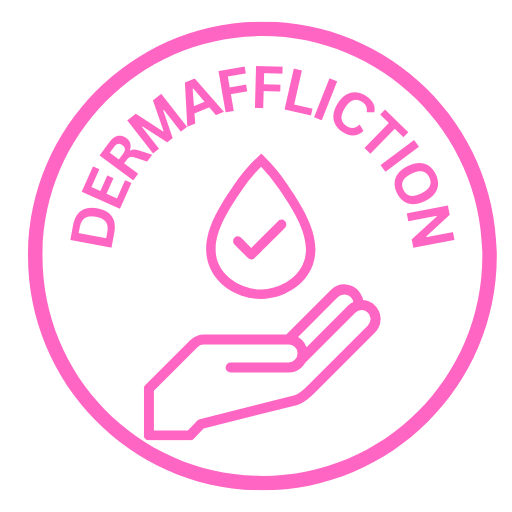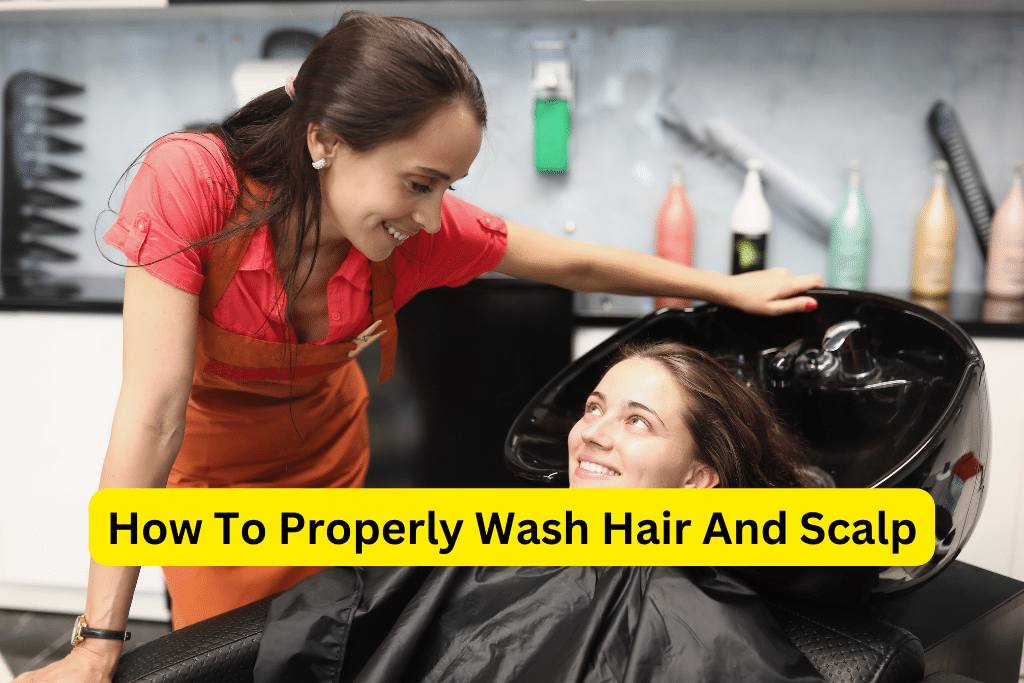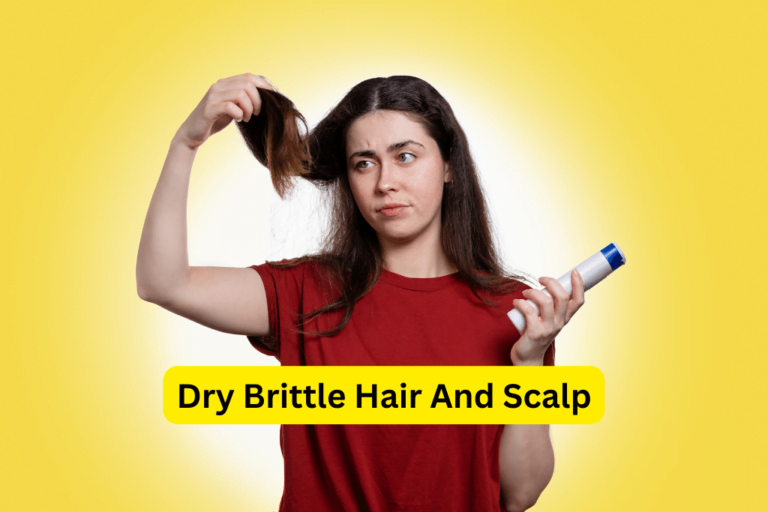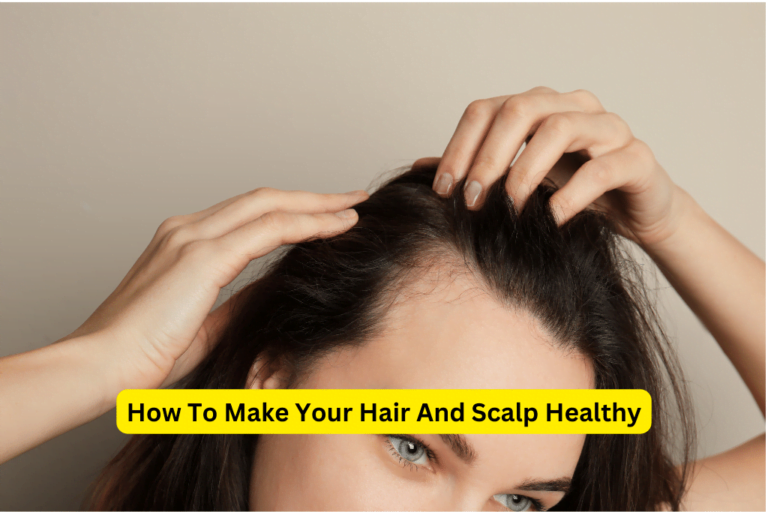The Ultimate Guide to Washing Your Hair and Scalp Properly
How To Properly Wash Hair And Scalp
Proper hair and scalp care is essential for maintaining healthy, luscious locks. Unfortunately, many people are unaware of the proper techniques and practices for washing their hair, leading to various hair and scalp problems. In this comprehensive guide, we will walk you through the step-by-step process of washing your hair and scalp, recommend the best products for different hair types and concerns, and provide essential tips for achieving optimal results.
I. Understanding Hair and Scalp
A. The structure of hair strands
Before delving into the proper washing techniques, it is important to understand the anatomy of a hair strand. Hair is composed of three layers – the cuticle, the cortex, and the medulla. The cuticle, which is the outermost layer, protects the inner layers from damage. The cortex provides strength and flexibility, while the medulla is the innermost layer, which varies in size depending on the hair type.
1. Hair types and characteristics
There are several different hair types, including straight, wavy, curly, and coily. Each hair type has unique characteristics and requires specific care. For example, curly and coily hair tends to be more prone to dryness and frizz, while straight hair may become oily more quickly.
B. Introduction to the scalp
The scalp plays a vital role in the health of our hair. It is the foundation from which our hair follicles grow. The scalp is composed of layers of skin, blood vessels, and hair follicles. It secretes sebum, which helps moisturize the hair and scalp. Additionally, the scalp can experience various conditions such as dandruff, itchiness, and inflammation, which can impact the health of our hair.
1. Scalp composition and functions
The scalp is made up of layers of skin, hair follicles, sebaceous glands, and blood vessels. It provides nourishment to the hair follicles and is responsible for the production of sebum, which keeps the hair and scalp moisturized.
2. Scalp conditions and their impact on hair health
Various scalp conditions, such as dandruff, seborrheic dermatitis, and psoriasis, can affect the health of our hair. These conditions can cause scalp itchiness, flakiness, and hair loss. It is important to address any scalp issues in order to maintain healthy hair.
II. Preparing for Hair Washing
A. Choosing the right products
1. Shampoos for different hair types and concerns
Selecting the right shampoo is crucial for effective hair washing. There are shampoos specifically formulated for different hair types and concerns. For oily hair, choose a clarifying shampoo that removes excess oil without drying out the scalp. For dry or damaged hair, opt for a moisturizing shampoo that restores moisture and nourishes the hair.
2. Conditioners and their benefits
Conditioners play a vital role in maintaining healthy hair. They help to detangle the hair, add moisture, and improve manageability. Choose a conditioner that suits your hair type and concerns, and always apply it after shampooing.
3. Additional hair care products (e.g., masks, serums)
In addition to shampoo and conditioner, there are other hair care products that can further enhance the health and appearance of your hair. Hair masks provide deep conditioning and nourishment, while serums can help combat specific hair concerns such as frizz or breakage. Consider incorporating these products into your hair care routine as needed.
B. Tools and equipment
1. Hairbrushes and combs
Choosing the right hairbrush or comb is important to prevent damage and breakage. Avoid using plastic brushes with sharp bristles, as they can cause friction and breakage. Opt for brushes with soft bristles or wide-toothed combs, especially for curly and coily hair.
2. Towels and shower caps
Using a gentle towel or microfiber towel to dry your hair can help prevent frizz and breakage. Additionally, using a shower cap can protect your hair from getting wet during non-washing days.
3. Optional tools for specialized hair treatments
If you have specific hair concerns or treatments, such as deep conditioning or scalp exfoliation, there are specialized tools available to assist with these treatments. Examples include scalp brushes, heat caps, and hair steaming devices.
III. Step-by-Step Guide to Proper Hair Washing
A. Wetting the hair and scalp
1. Benefits of wetting the hair before applying shampoo
Before applying shampoo, it is important to wet your hair thoroughly. Wetting the hair allows the shampoo to spread evenly and penetrate the strands, ensuring effective cleansing.
2. Correct water temperature for optimal results
The water temperature for washing your hair should be lukewarm or slightly warm. Avoid using very hot water, as it can strip the hair of its natural oils and cause dryness.
B. Applying shampoo correctly
1. Amount of shampoo to use based on hair length and density
The amount of shampoo required varies depending on the length and density of your hair. Generally, a quarter-sized amount is sufficient for short hair, while longer hair may require more. Adjust the amount as needed to create a lather that covers the entire scalp and hair strands.
2. Proper distribution and massage techniques
Distribute the shampoo evenly through your hair and scalp, focusing on the roots and the areas that tend to get the most oily. Use your fingertips to gently massage the scalp in circular motions. This stimulates blood circulation and helps to remove any dirt or excess oils.
3. Focus areas for effective cleansing
Pay extra attention to the areas around the hairline, the nape of the neck, and the crown of the head when shampooing. These areas often accumulate more oil and product buildup and require thorough cleansing.
C. Rinsing thoroughly
1. Importance of removing all shampoo residue
Leaving shampoo residue on the hair can lead to a dull appearance and scalp irritation. Ensure thorough rinsing to remove all traces of shampoo.
2. Techniques to ensure proper rinsing
Use lukewarm water to rinse your hair thoroughly, making sure all the shampoo is washed away. It may be helpful to lift the hair and let the water flow through it to ensure complete rinsing.
D. Conditioning and its benefits
1. Understanding the role of conditioner in hair care
Conditioner helps to replenish moisture and nourishment to the hair strands, making them softer, smoother, and more manageable. It also helps to seal the cuticle, reducing frizz and preventing damage.
2. Applying conditioner correctly
After rinsing out the shampoo, apply conditioner from the mid-lengths to the ends of your hair. Avoid applying it directly to the roots, as it can weigh down the hair and make it look greasy. Use your fingers or a wide-toothed comb to distribute the conditioner evenly.
3. Duration and rinsing techniques
The duration of leaving the conditioner on your hair may vary depending on the instructions provided on the product. In general, it is recommended to leave the conditioner on for a few minutes before rinsing it out with lukewarm water.
E. Post-washing treatments and styling options
1. Leave-in conditioners and other post-wash products
After washing and conditioning your hair, you can choose to apply leave-in conditioners or other post-wash products. Leave-in conditioners provide additional moisture and help to detangle the hair, making it easier to style. Other post-wash products, such as serums or oils, can help add shine and manageability to the hair.
2. Guide to proper hair drying techniques
When drying your hair, it is best to air dry whenever possible to minimize heat damage. If you need to use a hairdryer, set it to a low or medium heat setting and keep it at least 6 inches away from your hair. Pat dry your hair gently with a microfiber towel to minimize friction and reduce frizz.
IV. Tips and Recommendations for Optimal Hair and Scalp Health
A. Frequency of hair washing
1. Factors to consider when determining the ideal washing frequency
The frequency of hair washing depends on various factors, including hair type, scalp condition, personal preference, and lifestyle. Generally, washing your hair two to three times a week is sufficient for most people. However, those with oily scalps may need to wash more frequently, while those with dryer hair may benefit from washing less often.
2. Adjusting the routine based on personal needs and circumstances
It is important to listen to your hair and adjust your washing routine as needed. Pay attention to how your hair and scalp feel and make changes accordingly. For example, if you notice increased oiliness or dryness, you may need to adjust your washing frequency or switch to different products.
B. Dealing with specific hair and scalp concerns
1. Oily scalp and greasy hair
If you have an oily scalp, choose a clarifying shampoo that helps to remove excess oil without stripping the hair. Avoid over-washing, as it can stimulate the scalp to produce even more oil. Additionally, try to avoid using heavy styling products near the scalp, as they can weigh down the hair and contribute to greasiness.
2. Dry and flaky scalp
If you have a dry and flaky scalp, opt for a moisturizing shampoo and conditioner that provide hydration to the scalp. Avoid using hot water, as it can further dry out the scalp. Additionally, incorporating scalp treatments, such as gentle exfoliants or moisturizing masks, into your routine can help improve scalp health.
3. Dandruff and how to combat it
Dandruff is a common scalp condition characterized by flaky skin that sheds from the scalp. To combat dandruff, use anti-dandruff shampoos that contain ingredients such as zinc pyrithione, ketoconazole, or tea tree oil. Be consistent with your anti-dandruff routine, and avoid scratching or picking at your scalp, as it can worsen the condition.
C. Protecting hair and scalp from external factors
1. Minimizing heat damage
Excessive heat styling can damage the hair and scalp. To minimize heat damage, use heat protectant sprays or serums before using hot tools. Additionally, try to limit the use of heat styling tools and opt for heat-free styling options whenever possible.
2. Shielding hair from UV rays and pollution
UV rays and pollution can also cause damage to the hair and scalp. Protect your hair by wearing a hat or using hair products that contain UV filters. Additionally, regularly cleanse your hair and scalp to remove any pollutants or buildup that may have accumulated.
3. Tying hair up and its impact on hair health
Tying your hair up in tight hairstyles can cause tension and breakage. Opt for loose hairstyles or protective styles that reduce stress on the hair. Use hair-friendly accessories, such as silk scrunchies or satin hair ties, to minimize damage. Avoid tying your hair up while it is wet, as wet hair is more prone to breakage.
V. Recommended Products for Different Hair Types and Concerns
A. Shampoos and conditioners for oily hair
If you have oily hair, consider using a clarifying shampoo that removes excess oil without drying out the scalp. Look for lightweight conditioners that provide moisture without weighing down the hair.
B. Moisturizing products for dry hair
For dry hair, opt for moisturizing shampoos and conditioners that help to hydrate the hair and scalp. Look for products that contain ingredients such as shea butter, argan oil, or coconut oil to provide deep hydration.
C. Anti-dandruff treatments
If you are dealing with dandruff, choose anti-dandruff shampoos that contain ingredients like zinc pyrithione, tea tree oil, or salicylic acid. These ingredients help to reduce scalp irritation and control the production of excess skin cells.
D. Products for sensitive scalp
For those with a sensitive scalp, look for gentle, fragrance-free shampoos and conditioners that are specifically formulated for sensitive skin. These products are generally milder and less likely to cause scalp irritation or allergic reactions.
Conclusion
Properly washing your hair and scalp is crucial for maintaining healthy, beautiful locks. The techniques and practices outlined in this guide will help you achieve optimal results. Remember to choose the right products for your hair type and concerns, follow a regular washing routine, and adjust your routine as needed. By taking good care of your hair and scalp, you can enjoy the benefits of healthy, luscious locks.
Implement the tips and recommendations provided in this guide, and you’ll be well on your way to achieving the healthy, beautiful hair you desire. Don’t forget to be consistent and patient as you develop your hair care routine. With the right knowledge and habits, washing your hair and scalp properly will become second nature, and you will enjoy the rewards of healthy and luscious locks.
So, start taking care of your hair and scalp today, and embrace the journey towards healthy and beautiful hair!
"Have You Seen Mike Walden's new holistic acne System yet? It's called "Acne No More" I've read the whole thing (all 223 pages) and there's some great information in there about how to naturally and permanently eliminate your acne without drugs, creams or any kind of gimmicks. I highly recommend it - it's very honest and straightforward without all the hype and b.s. you see all over the net these days. Here's the website where you can get more information:
Click Here -->AcneNoMore









